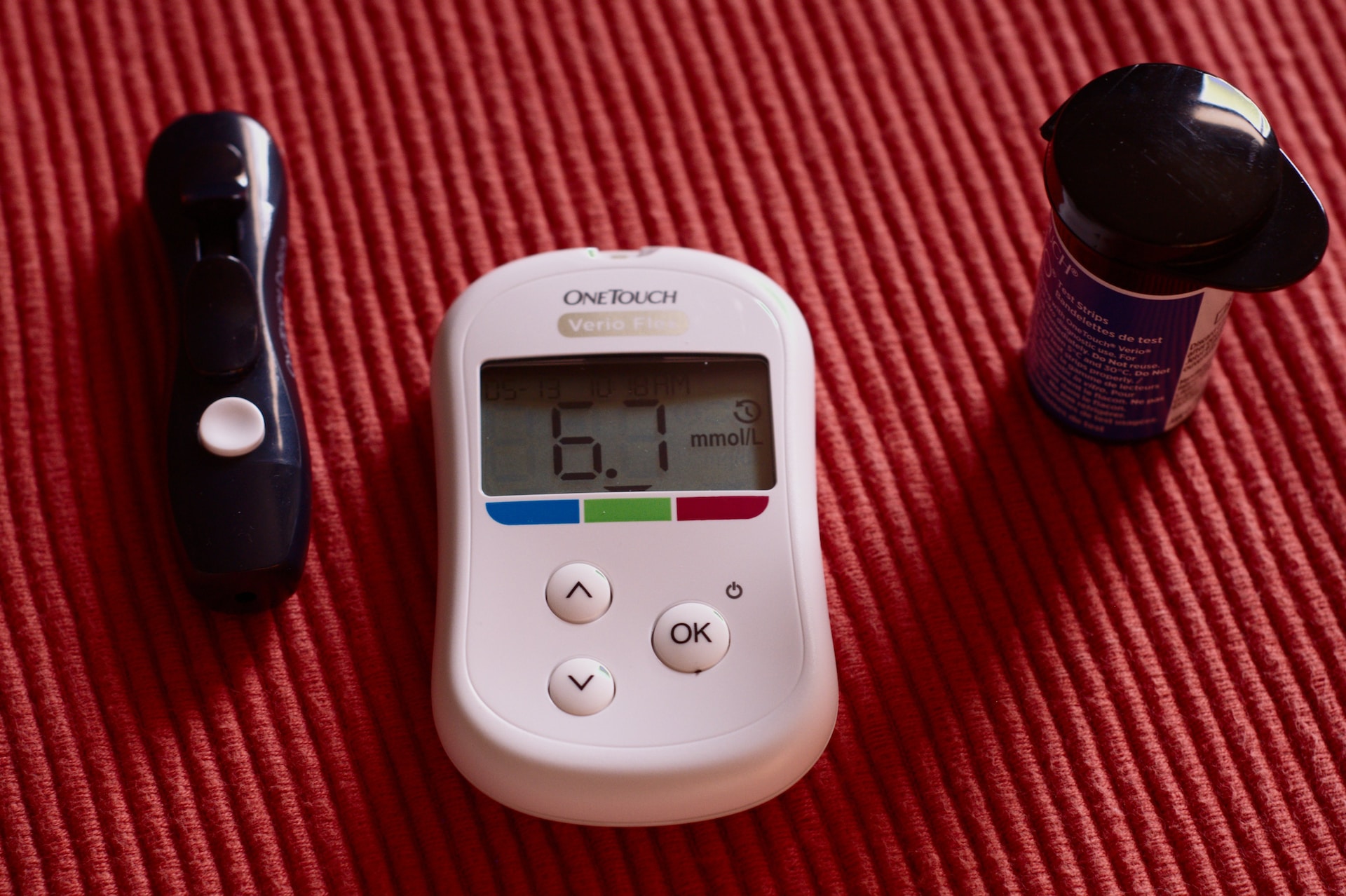In today’s fast-paced world, the importance of health monitoring cannot be overstated. For individuals living with diabetes, precise and timely tracking of blood glucose levels is not just a matter of convenience but a fundamental aspect of maintaining overall well-being. Enter the glucose meter – a small, portable device that has revolutionized diabetes management. In this article, we delve into what a glucose meter is and why having one is of paramount importance for those managing diabetes.
Understanding the Glucose Meter
A glucose meter, also known as a blood glucose monitor or glucometer, is a handheld medical device designed to measure the concentration of glucose in a person’s blood. It operates on the principle that glucose in the blood reacts with a specific chemical, typically present on a disposable test strip, to generate an electrical signal. This signal is then translated into a numerical value representing the blood glucose level, which is displayed on the meter’s screen.
Importance of Glucose Monitoring
For individuals with diabetes, maintaining blood glucose levels within a healthy range is essential to prevent short-term complications such as hypoglycemia (low blood sugar) or hyperglycemia (high blood sugar) and to reduce the risk of long-term complications such as nerve damage, kidney disease, and cardiovascular issues. Regular monitoring with a glucose meter empowers individuals to make informed decisions about their diet, physical activity, and medication, leading to better diabetes management.
Key Advantages of Glucose Meters
- Real-Time Feedback: Glucose meters provide immediate feedback on blood glucose levels, enabling individuals to make on-the-spot adjustments to their treatment plan. This is particularly crucial during moments of high or low blood sugar, as prompt interventions can prevent complications.
- Personalized Management: No two individuals with diabetes are alike. Glucose meters allow for personalized management based on each person’s unique response to food, exercise, stress, and medication. This adaptability is vital for achieving optimal glycemic control.
- Data-Driven Insights: Many modern glucose meters are equipped with memory storage and connectivity features, allowing users to track their blood glucose trends over time. This data can be shared with healthcare providers, facilitating collaborative decision-making and treatment adjustments.
- Empowerment and Education: Glucose meters promote self-awareness and education about diabetes management. By regularly monitoring their blood glucose levels, individuals can better understand how their lifestyle choices impact their health.
Types of Glucose Meters
Glucose meters come in various types, catering to different preferences and needs:
- Traditional Meters: These meters require manual coding and a larger blood sample. They are usually less expensive but may be less convenient due to the coding process.
- No-Coding Meters: These meters eliminate the need for manual coding, simplifying the testing process. They usually require a smaller blood sample and are more user-friendly.
- Continuous Glucose Monitoring (CGM) Systems: CGM systems provide real-time glucose readings throughout the day and night by using a small sensor inserted under the skin. They offer a more comprehensive view of glucose fluctuations and trends, enhancing diabetes management.
Conclusion
In the realm of diabetes management, glucose meters are not just devices; they are tools of empowerment, education, and better health outcomes. The ability to monitor blood glucose levels at any time and in any place enables individuals to take control of their condition, make informed choices, and work towards a life with fewer complications. By investing in a glucose meter, individuals living with diabetes are investing in their own well-being and quality of life. As technology continues to advance, the future of glucose monitoring holds even greater promise for more accurate, convenient, and seamless diabetes management.




